A Pakistani woman in Syria - Part 1
There is so much more to Syria than destruction, conflict, terrorism, and tragedy
By Sana Batool
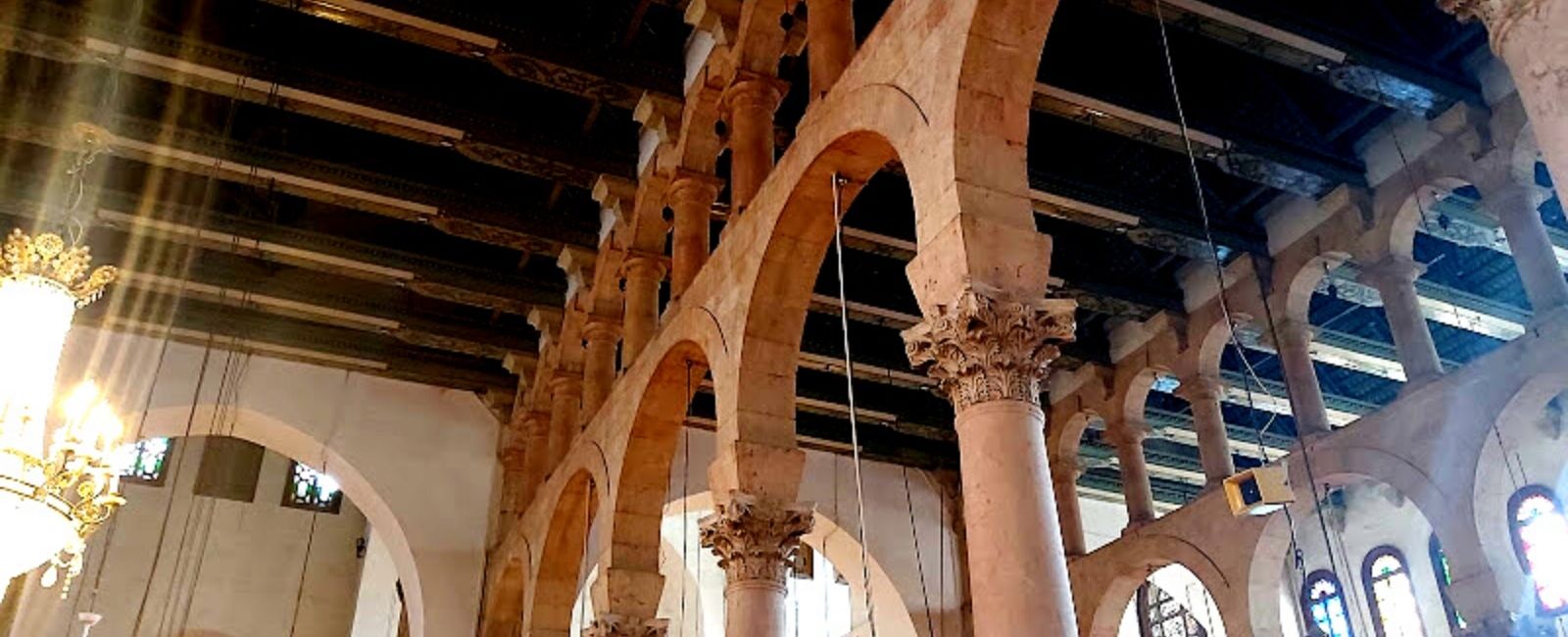
They call it the world's most violent zone but every time I return and people ask me what I saw in Syria, the verses from Syrian poet Nizar Qabbani resonate:
She was a sweet mix
Of velvet and marble
In her eyes was violet
Sleeping without sleeping
There is so much more to Syria than destruction, conflict, terrorism, and tragedy. There is a chain of mountains and arid landscapes, there are glimpses of the ancient world, where the first human steps were recorded, and there is a rich red soil.
I am a frequent traveller, but no country in the world compares to Syria in terms of the brilliance of its ancient glories, the vastitudes of its fortunes, and the blood that has soaked its soil.
My first sights in Damascus
I landed in Damascus, Syria's capital city, in November.
This was not my first time. I had been to Damascus before in 2017. Back then, the airport was in poor condition, with no seats for passengers in the arrival and departure lounge.
As for the city, though there was a sense of normalcy, after nearly half a decade of civil war, the city remained shrouded in fear.
When I landed in Damascus last year, the airport had been newly renovated, with tiled flooring. But the most striking feature were the Syrian flags painted across shops dotting the airport lounge.
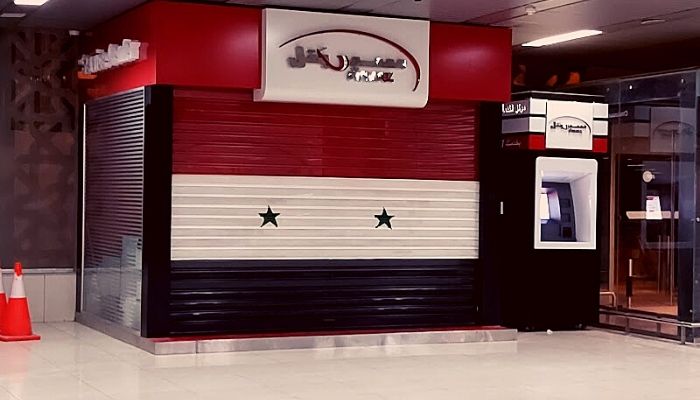
As I drove into the city, the most common sight were posters of Syrian soldiers killed by rebels. These faded posters were pasted on walls, roundabouts, and alleyways to commemorate the overthrow of the militants and sacrifices of those who lost their lives while fighting terrorist groups.
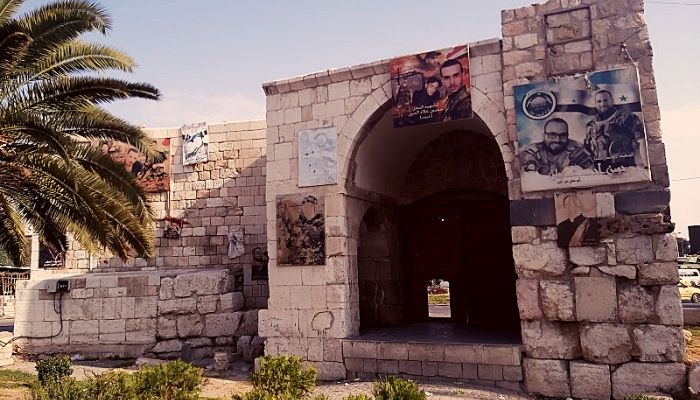
Tracing the history of Damascus
Damishque – or Damask – according to some linguists and philosophers means Dam – an Arabic term for blood, and sakh meaning righteous or innocent. In order words, a righteous blood.
For me, over the years and decades, Damascus has remained true to the meaning of its name.
And that may be why, the religious, economic, and ancient significance of this city has always been subjected to the blows and devastation of conflict.
The ancient city of Damascus, one of the earliest abodes of nearly all religions, still maintains the silent memories of those beliefs.
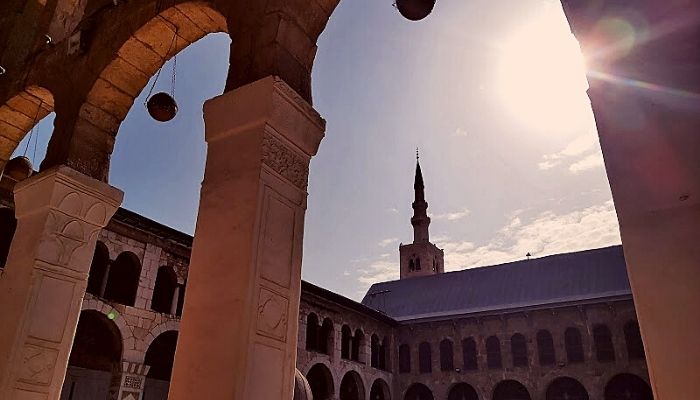
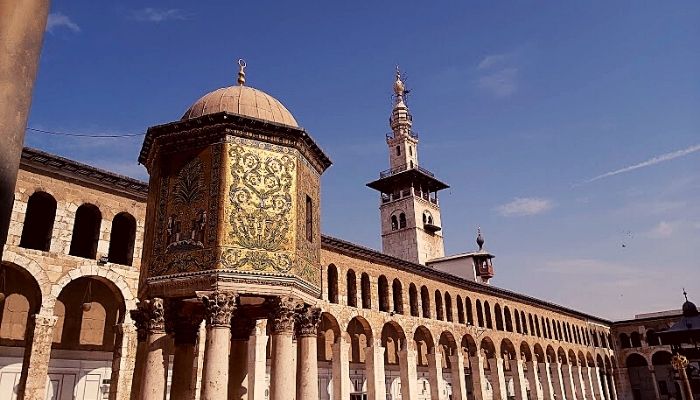
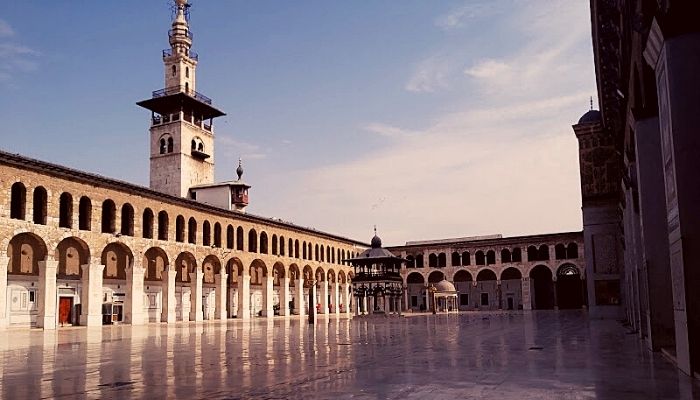
Remarkably, Damascus's Grand Mosque has also remained unscathed even from the assault, rocket and mortar attacks outside tall walls. Jon the Baptist for the Christians, known as Prophet Yahya for Muslims, is also buried inside the grand mosque.
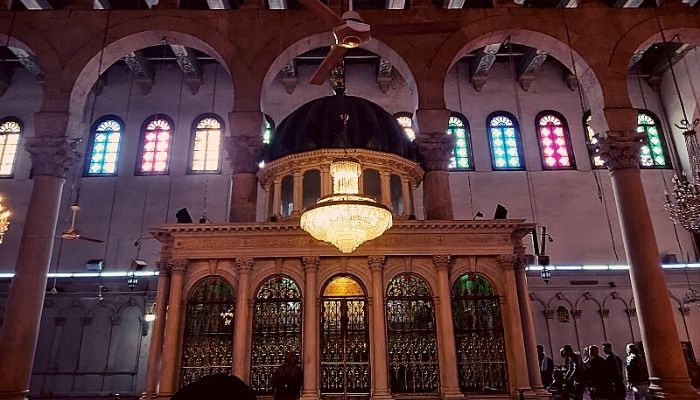
The hustle bustle
Venturing further into the city, I found the ancient market, Souq Al Hamidiya or the Grand Bazar of Damascus. In the shadow of the ancient Roman Oracle ruins, the huge bazaar was teeming with shoppers, tourists, and visitors.
The Souq Al Hamidiya also reminds one of the atrocities of the rulers in Umayyad times, when the tyrant ruler Yazeed made the family of the Prophet (p.b.u.h) stand here for several hours. Today, his name is erased from the city of Damishq, while that of Syeda Zainab (s.a.) and her memory is imprinted on the soul of the city.
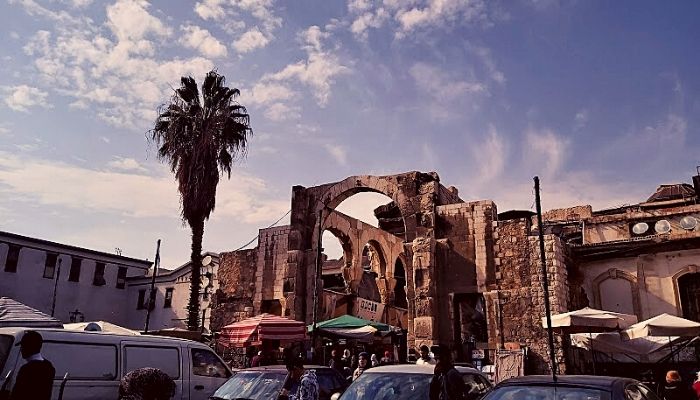
In the shadow of a towering Grand Mosque and behind the black iron gates is the final resting place of the revered Muslim conqueror and ruler, Salahuddin Ayyubi.
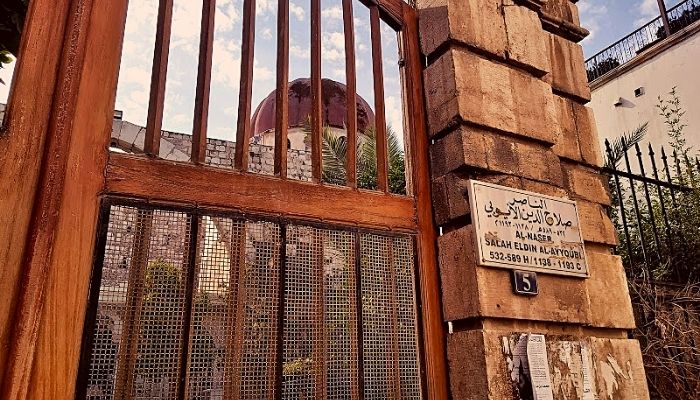
Few miles from the central city, one finds the shrine for Nabi Habeel too, considered sacred by both Muslims and Christians. The shrine is located where Habeel (Abel) was killed by his brother Qabeel (Cain) in what is considered the first homicide of mankind.
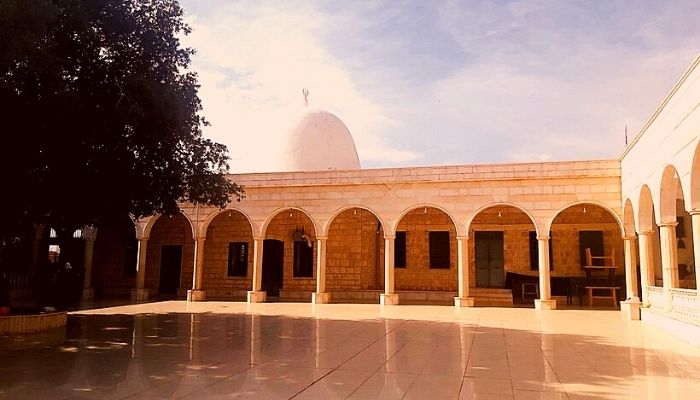
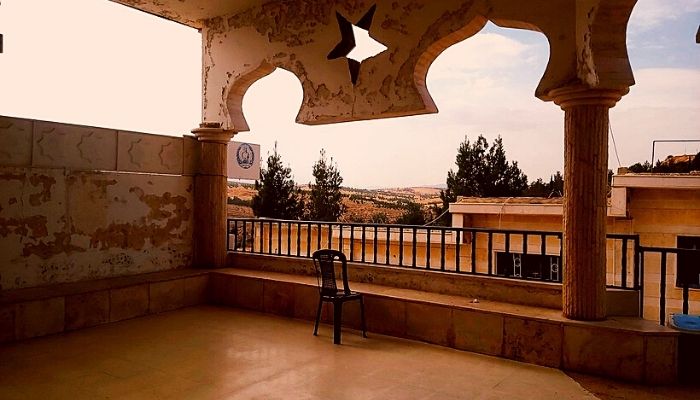
Back to normal?
Even as you walk around the city, you can feel an unease. Make no mistake, the city is a militarized zone, which become all the more apparent as you look out of the window of a posh hotel into an arid landscape.
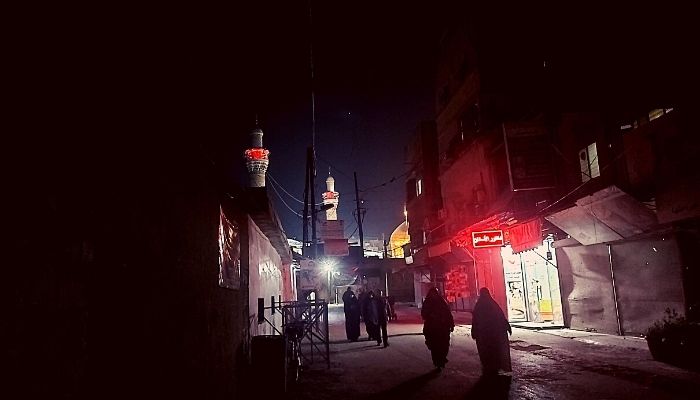
In some areas, the streets are largely empty as armed men, in unmarked military gear, roam the alleyways.
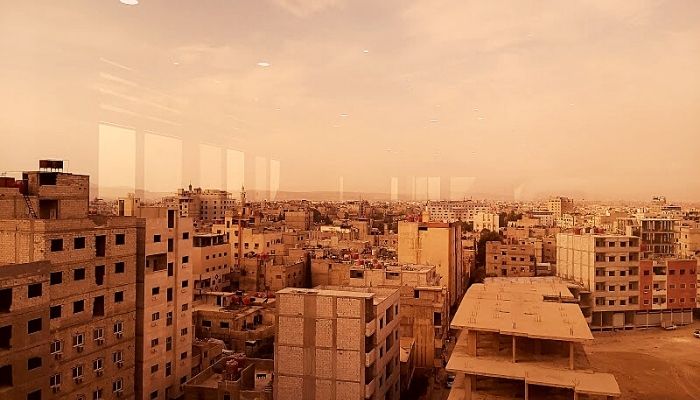
Amazingly, despite what the city has witnessed in terms of war and assaults, the Sayyidah Zainab Mosque, where the Prophet’s (p.b.u.h) granddaughter is buried, remains untouched.
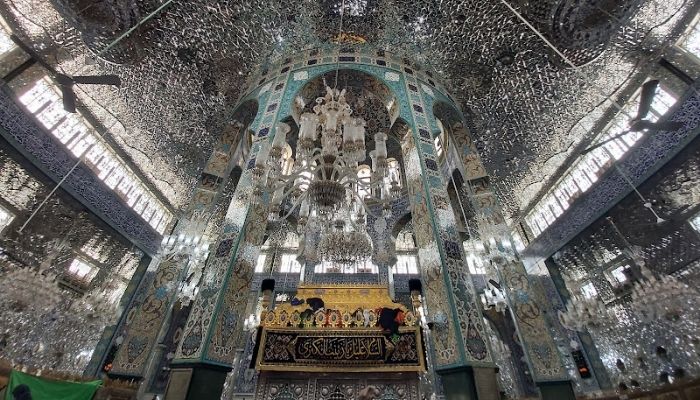
According to locals, the soldiers who fought against militants, guarding the shrine, are also buried in a graveyard annexed to the shrine.
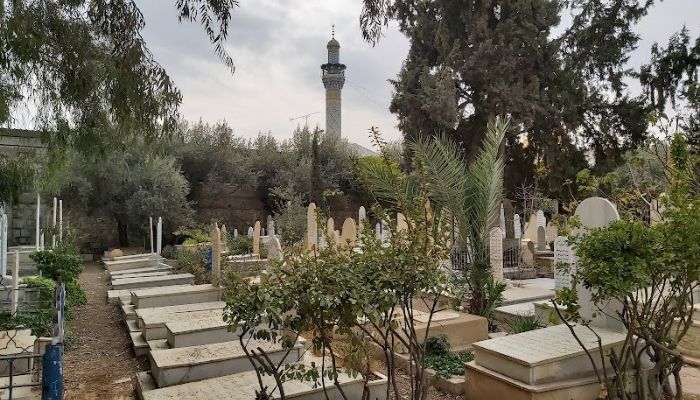
When I visited Damascus in 2017, the atmosphere used to reverberate with mortar assaults and gunfire in the night. Now, from morning till afternoon, the sounds of laughter, reading, and playing, as well as the conversation of youngsters, could be heard from a school near the hotel.
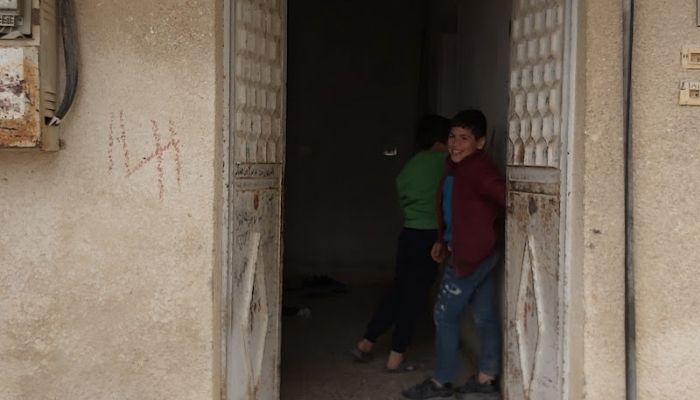
It seems Damascus is ready to roar back to life and normality. And so one hopes.
To be continued


